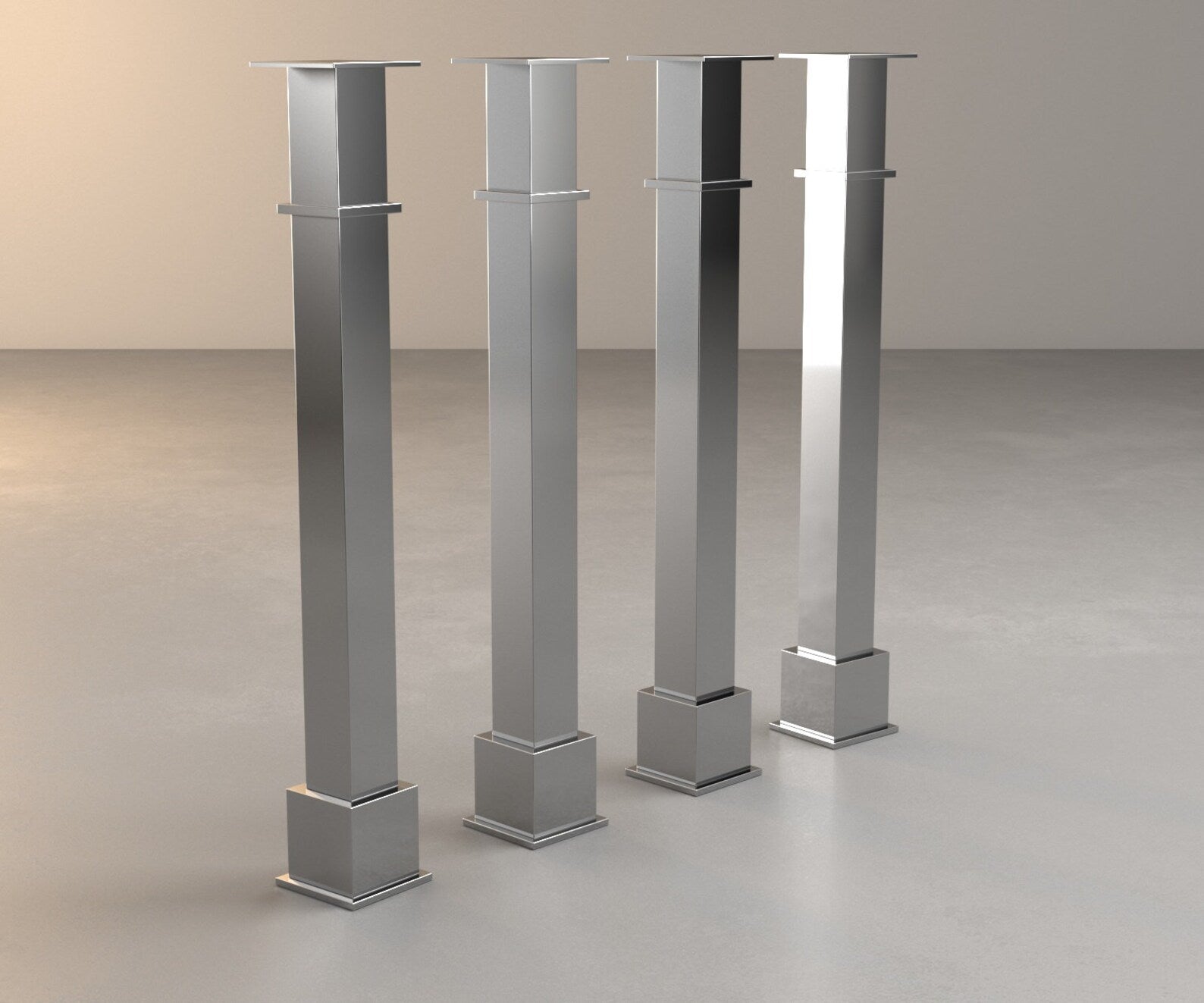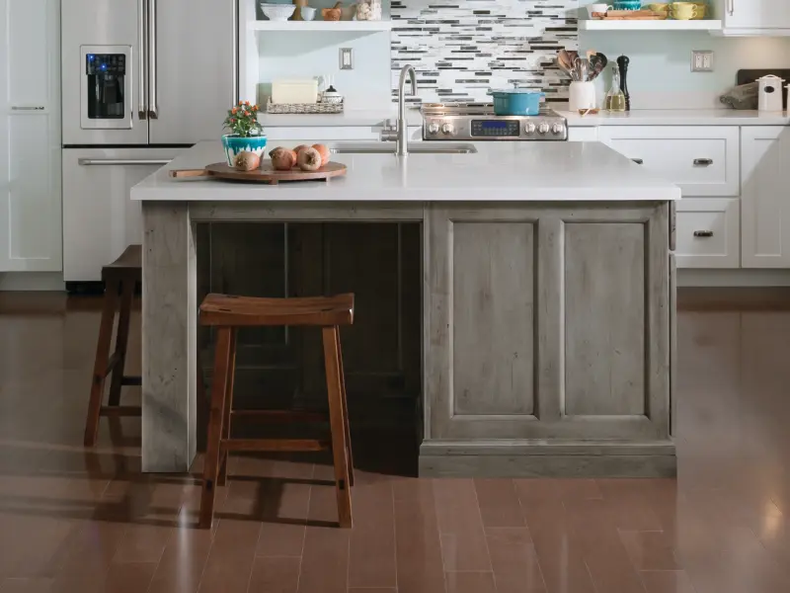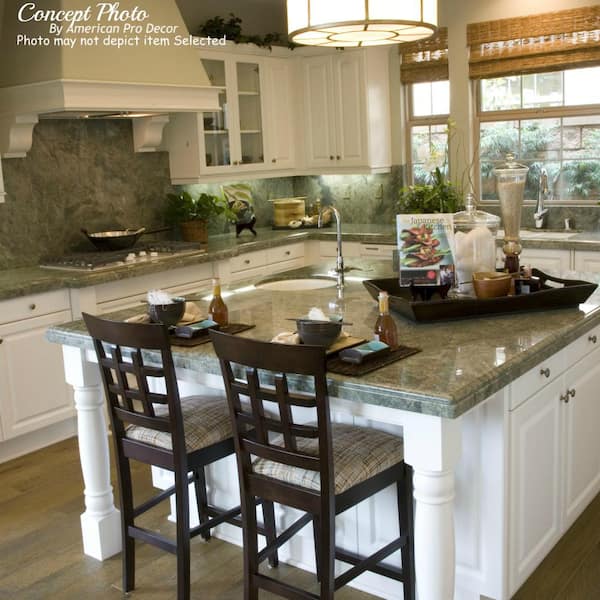Achieve an Innovative Look Making Use Of Ornate Legs For Kitchen Island Styles
Achieve an Innovative Look Making Use Of Ornate Legs For Kitchen Island Styles
Blog Article
Vital Factors to Take Into Consideration When Choosing Legs For Kitchen Area Island
Choosing the suitable legs for a kitchen island involves a mindful evaluation of multiple factors that can significantly affect both performance and aesthetic allure. Amongst these, the option of material plays a crucial function in guaranteeing resilience, while the design has to match the existing decor. Factors to consider such as height and weight assistance are vital for security and comfort. As we discover these elements, it ends up being clear that each decision can have significant ramifications for the general kitchen experience. What nuances should be considered in each of these classifications to attain the ideal equilibrium?
Product Options
When picking legs for a cooking area island, recognizing the different material alternatives is essential for attaining both aesthetic appeal and architectural stability (Legs For Kitchen Island). The selection of product dramatically influences not just the resilience of the island but also its overall layout and performance
Timber is a popular selection, supplying heat and adaptability. Strong woods, such as oak or maple, provide strength and can be tarnished or painted to match the kitchen area design. Steel legs, typically made from stainless-steel or functioned iron, contribute a commercial and modern-day feel while making sure resilience and security. These materials are resistant to put on and can sustain substantial weight, making them optimal for bigger islands.
One more alternative is crafted materials, like MDF or plywood, which can be a lot more affordable while still using a variety of coatings. However, they may not give the very same level of security as solid wood or metal. Products such as acrylic or glass can create a contemporary look, though they may require added support to make certain stability.
Ultimately, the selection of material for kitchen island legs need to line up with the wanted performance and the total theme of the kitchen area.
Design And Style

When considering style, the form and finish of the legs are essential. Tapered legs can give a sense of agility and elegance, while thicker, a lot more durable legs can convey stamina and security. Additionally, the coating-- be it repainted, stained, or all-natural-- need to complement the cabinets and kitchen counter materials to produce a unified appearance.
Moreover, the style of the legs can likewise mirror personal taste. Custom-made or attractive legs, such as those featuring elaborate carvings or special geometric forms, can function as focal points, adding personality and character to the kitchen area. Eventually, the ideal selection will certainly not only boost capability but also raise the aesthetic charm, making the kitchen island a standout function of the home.
Elevation Factors To Consider
Picking the ideal height for kitchen island legs is important, as it straight affects both performance and convenience. The common elevation for a kitchen area island commonly varies from 36 to 42 inches, straightening with usual counter top heights. A 36-inch height is optimal for cooking and cooking, enabling comfortable usage of cooking area devices and tools. On the other hand, a height of 42 inches is often preferred for islands planned for bar seats, fitting taller stools and offering an informal dining experience.

It is also necessary to represent users' elevations and preferences. Personalizing the height can make sure a comfortable experience for all member of the family, making the kitchen area island a more practical and enjoyable area.
Weight Assistance
Making sure adequate weight support for cooking area island legs check this is important for both safety and security and functionality. The kitchen area island usually serves several objectives, including food prep work, eating, and additional storage, demanding a durable support structure. When choosing legs, it is crucial to think about the general weight ability required based on the island's meant usage and the products that will certainly be placed on it.
The option of product for the legs plays a substantial duty in their weight-bearing capabilities. Solid wood, metal, and durable compounds usually provide exceptional stamina compared to lighter materials. Furthermore, the style of the legs-- whether they are right, tapered, or have a pedestal kind-- can affect their capacity to disperse weight properly throughout the framework.
In addition, the leg positioning should be strategically planned to boost security. Legs placed at the edges or with a broader base can much better support much heavier tons. have a peek at these guys Always speak with the producer's specifications concerning load limits to ensure that the legs can maintain the desired weight without jeopardizing security. In summary, selecting cooking area island legs with appropriate weight support is vital for creating a safe and useful cooking room.
Setup and Upkeep
Correct installation and upkeep of kitchen island legs are essential for guaranteeing long life and stability. To start, it is important to adhere to the manufacturer's standards throughout installation. This usually includes safeguarding the legs to the island base utilizing ideal fasteners, making certain that the legs are level and lined up. Making use of a level tool can aid prevent wobbling and boost the total aesthetic charm of the cooking area island.
When mounted, normal upkeep is necessary to preserve the integrity and appearance of the legs - Legs For Kitchen Island. For wooden legs, periodic cleaning with a damp fabric and application of appropriate wood polish can avoid wetness damage and preserve their surface. Metal legs may require a gentle cleansing solution to remove oil and crud, adhered to by a completely dry towel to stop corrosion development
Additionally, evaluate the legs consistently for indications of wear or damage, such as fractures or loose joints. Tightening up screws or bolts as required can also extend the lifespan of the legs. By sticking to these installation and upkeep practices, house owners can ensure that their cooking area island remains strong and visually appealing for many years ahead.
Final Thought

Aesthetic coherence is extremely important in selecting the style and layout of legs for a kitchen area island, as these components greatly influence the overall atmosphere of the area. Conical legs can supply a feeling of agility and elegance, while thicker, much more robust legs can share toughness and security.Picking the ideal height for kitchen area island legs is important, as it directly influences both performance and comfort. In summary, selecting kitchen area island legs with adequate weight support is important for producing a risk-free and practical culinary space.
In conclusion, picking legs for a cooking area island demands mindful factor to consider of different elements, including product alternatives, design, elevation, weight support, and installation.
Report this page